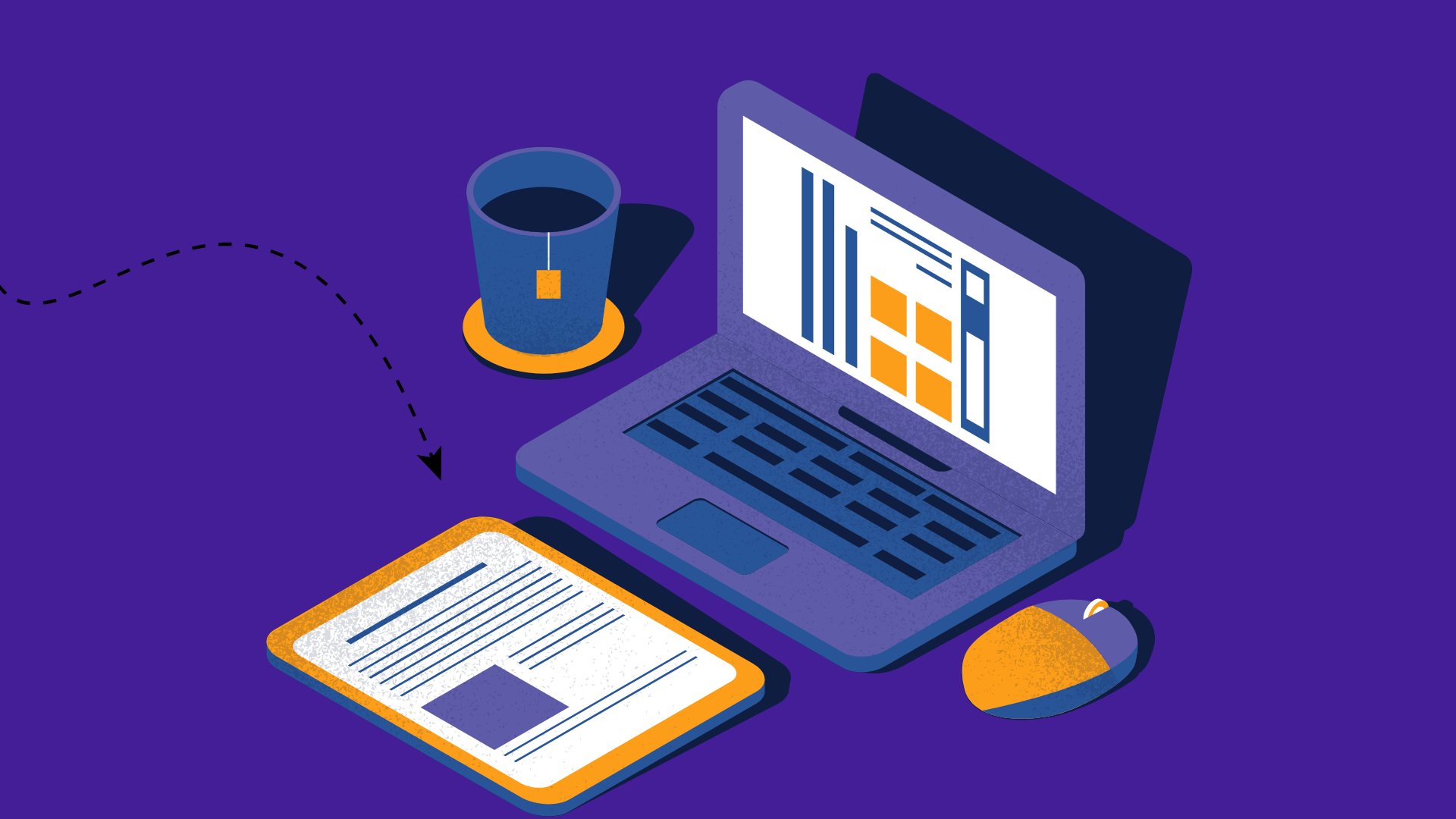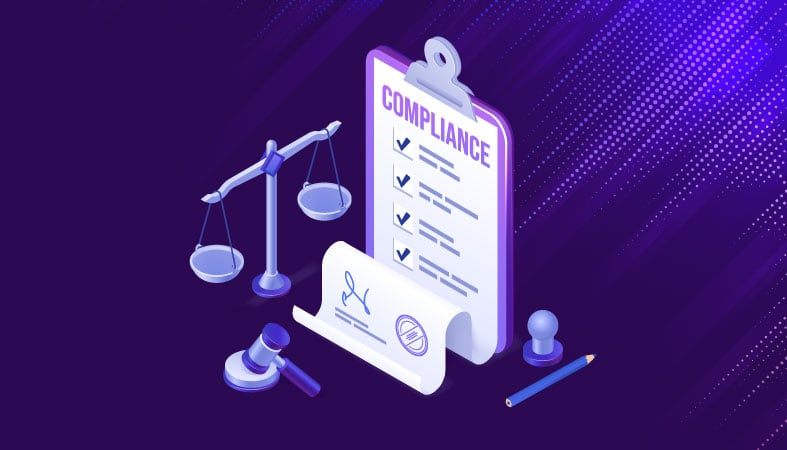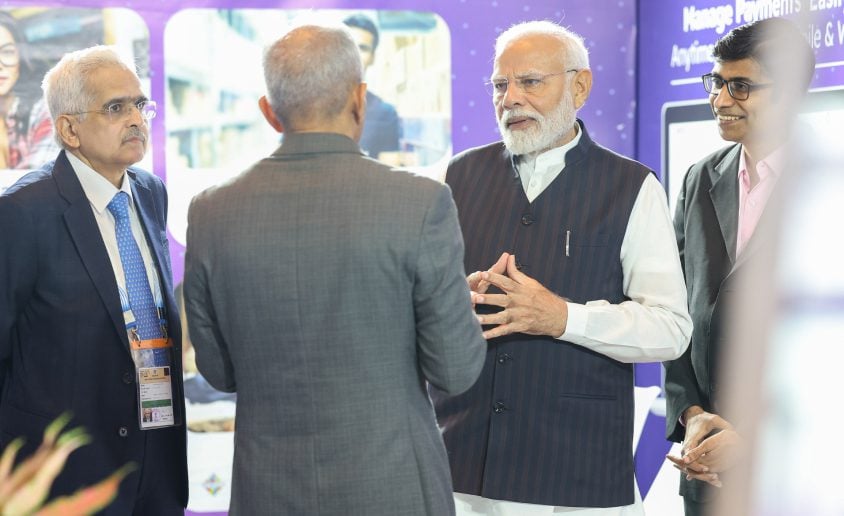What is e BRC in export?
The Bank Realisation Certificate (BRC), also referred to as the full form of BRC or the full form of B R C, is a crucial document in export transactions. Banks issue confirmation that payment has been received in foreign exchange for exported goods or services. This certificate ensures compliance with FEMA regulations and proves export earnings. In modern export processes, the Electronic Bank Realisation Certificate (eBRC) is used, offering a digital alternative to the traditional BRC. Through the e BRC process in export, manual paperwork is replaced with a secure, paperless system, improving export compliance efficiency and speed.
Why the E-BRC System Matters
The Electronic Bank Realisation Certificate (e-BRC) has revolutionized India’s export documentation process. By embracing digital innovation, it introduces heightened efficiency, transparency, and compliance, significantly improving export handling.
Fully digital process
E-BRC replaces outdated manual paperwork with a fast, secure digital system, allowing exporters to submit and track transactions online easily. Streamlining the BRC export documentation process has made it easier and more efficient for exporters.
Unlocking Export Incentives
By directly linking payment confirmations to schemes like MEIS, SEIS, and Duty Drawback, e-BRC enables exporters to gain quicker, smoother access to important government incentives, reducing delays and simplifying the process.
Enforcing Compliance
The E-BRC system helps ensure compliance with FEMA regulations by providing the Reserve Bank of India with a transparent and verifiable digital trail of foreign exchange inflows. This strengthens the importance of BRC in exports, ensuring that export earnings are fully accounted for.
Real-Time Payment Tracking
Exporters and regulators can track the status of export proceeds in real-time, reducing delays and increasing accountability. The system’s live updates ensure that all parties involved have access to timely and accurate payment information.
Reduce Bank Dependency
The self-certification feature of the e-BRC system empowers exporters to verify payment receipts themselves without needing constant confirmation from banks. This reduces dependency on banks and allows for faster, more autonomous processing.
Puts You in Control
Traditional BRC systems often required waiting for bank confirmation, causing delays. With the e-BRC, exporters can act independently, sidestepping bureaucratic bottlenecks and gaining better control over their export process.
Saves on Interest Costs
Quick confirmation of export payments through e-BRC means that exporters can secure working capital loans or export financing faster, helping them reduce interest costs and improve cash flow.
Avoiding Missing Incentives
With e-BRC, exporters no longer need to worry about delays or errors in manual documentation that could cause them to miss out on key incentives. The digital system ensures accurate and timely filing, ensuring no opportunity is lost.
Benefits of E-BRC
The table below summarizes the key benefits of the e-BRC system for various stakeholders, including exporters, banks, and regulatory bodies like DGFT and RBI. It highlights how the system accelerates processes, reduces paperwork, enhances tracking, and ensures compliance and security.
| Benefit Area | Exporters | Banks | DGFT & RBI |
| Faster Processes | Faster incentive disbursement through digital data availability | Centralized uploads enable efficient reporting | Real-time data improves regulatory oversight and compliance |
| Paperless Convenience | Fully digital, eliminating the need for physical documentation | Reduces paperwork and administrative burden | Digital records streamline regulatory processes |
| Tracking & Monitoring | Real-time tracking of export proceeds for better visibility | — | Continuous access to transaction data for enhanced monitoring |
| Security & Compliance | — | Digital records help prevent fraud and ensure transparency | Supports FEMA compliance, with advanced data management and analytics |
How does the E-BRC Process Work?
- Export Transaction begins.
Once the goods are shipped, the exporter’s bank receives payment in foreign currency from the overseas buyer. - Bank Uploads Realisation Details (IRM)
The bank records the payment by uploading key transaction data including the Foreign Inward Remittance Certificate (FIRC) to DGFT’s e-BRC portal. - E-BRC is generated.
After verifying the information, the bank generates the e-BRC, serving as official digital confirmation that export proceeds have been realized. - Seamless DGFT integration
e-BRC is automatically integrated into DGFT’s online system, allowing exporters to retrieve it easily when applying for government incentives or fulfilling compliance requirements.
DGFT’s e-BRC Check and Download
To view e-BRCs uploaded by banks, follow these steps:
- Log in with your credentials at the DGFT website.
- Navigate to ‘My Dashboard‘ and click ‘Repositories’.
- Go to the tab ‘Bills Repositories‘ and click the ‘Explore’ button.
- ‘Bank Realisations (e-BRC)‘ should appear in the ‘Select Bill‘ dropdown.
- Enter the ‘From Date‘ and ‘To Date‘ and select the ‘Search’ tab.
- There will be a list of the e-BRCs that your bank has uploaded.
To download:
- The details of e-BRCs can be viewed by clicking on the relevant Bank Realisation Number.
- For a copy of the certificate, click ‘Print eBRC‘ once the information is displayed.
Self-Certification & e-BRC: Transforming Export Compliance in India
The introduction of self-certification through the e-BRC system has revolutionized Indian exporters’ payment Realisations. By using their Digital Signature Certificate (DSC) on the DGFT portal, exporters can now confirm payments instantly without waiting for bank approval.
Key Benefits:
- Instant Payment Validation: Eliminates bank confirmation delays.
- Faster Incentive Claims: Self-certified BRCs are immediately eligible for export benefit schemes.
- No Physical Visits: Cuts down on paperwork and office visits, saving time and effort.
Legal Framework:
- e-BRC operates under the FEMA Act, 1999 and Foreign Trade Policy, requiring export proceeds to be realized within 9 months. AD banks verify and upload BRCs digitally, ensuring compliance.
Wider Use Cases:
- Customs & GST Authorities: Use e-BRC data to verify export transactions for Duty Drawback and GST refund claims.
- Income Tax Department: Cross-checks export earnings with tax filings to ensure legal compliance.
- Other Government Agencies: Leverage the data for trade analysis, policy planning, and statistical reporting.
Recent enhancements:
- Mandatory Digital Filing: Streamlines the process through fully paperless submissions, reducing delays.
- ICEGATE Integration: Facilitates secure and seamless data exchange with Indian Customs.
- Support for Smaller Banks: To ease digital transition challenges, targeted training and capacity-building programs are being implemented for small financial institutions.
- System Reliability: While occasional outages can disrupt workflows, ongoing upgrades by DGFT and RBI improve platform stability and performance.
Through these proactive solutions, India is steadily overcoming challenges and improving the e-BRC experience for all stakeholders.
Conclusion:
The Self-Certified E-BRC represents a monumental shift in India’s export framework, advancing the nation towards a fully digital, efficient, and transparent trade environment. By reducing paperwork, expediting incentive disbursements, and providing real-time access to critical export data, the e-BRC is enhancing the ease of doing business for exporters.
As the system evolves, the E-BRC will remain a cornerstone of India’s digital trade infrastructure, benefiting exporters, banks, and government bodies alike, ensuring India’s continued growth as a global trading powerhouse.
/
Frequently asked questions
What is an eBRC used for?
An eBRC must be used to confirm receipt of payments made for external currency exports to claim export incentives.
How do I get an E-BRC certificate?
Once the bank receives the export proceeds, they upload the payment details to the DGFT portal, which in turn enables the eBRC to be downloaded as soon as it is available.
Is the eBRC mandatory for GST refunds?
A GST refund claim for exports will be processed by the eBRC as proof of receipt of foreign currency as part of the GST refund process.
What is a BRC issued by a bank?
BRCs are issued by banks to verify that they have received foreign exchange payments for goods or services they export.








